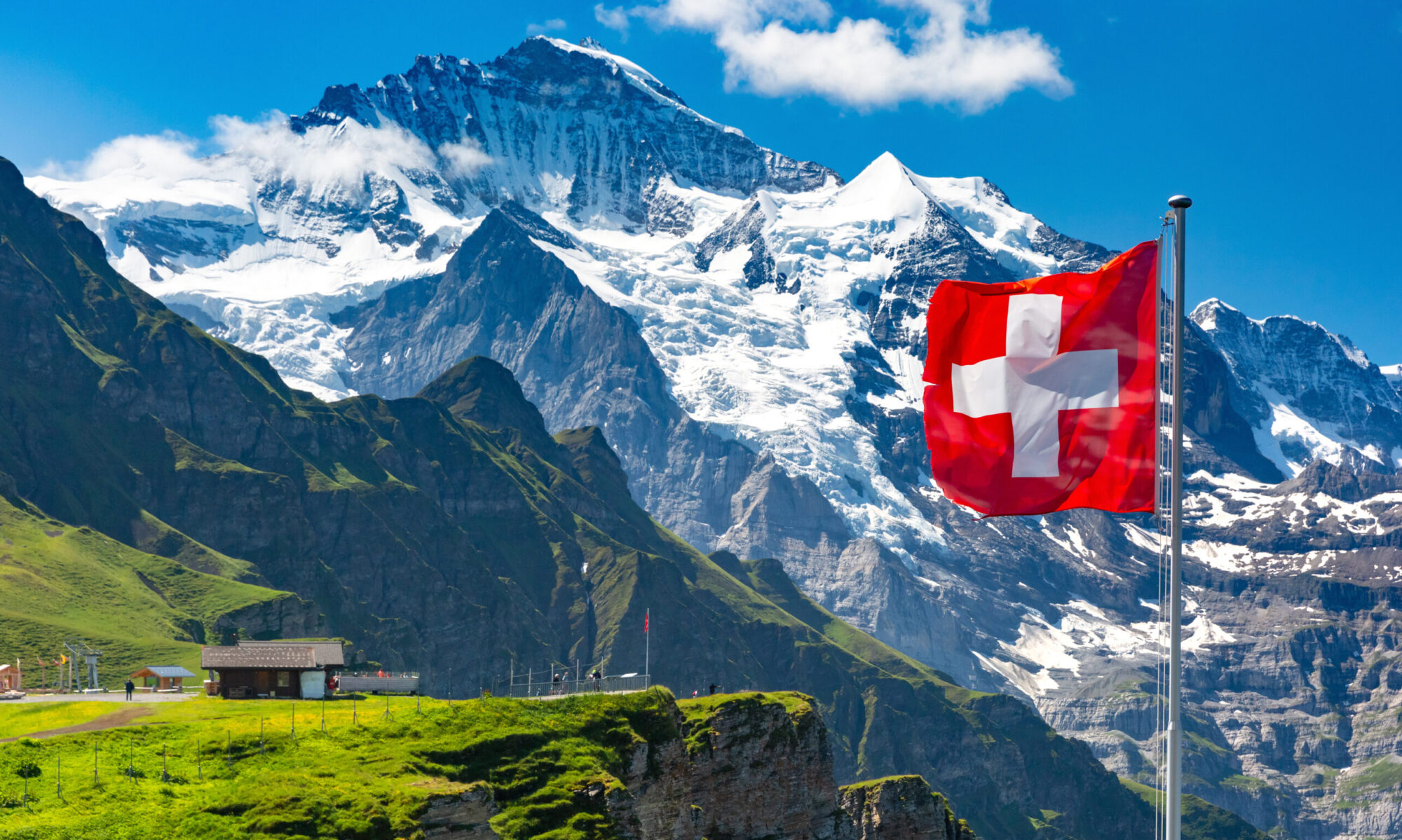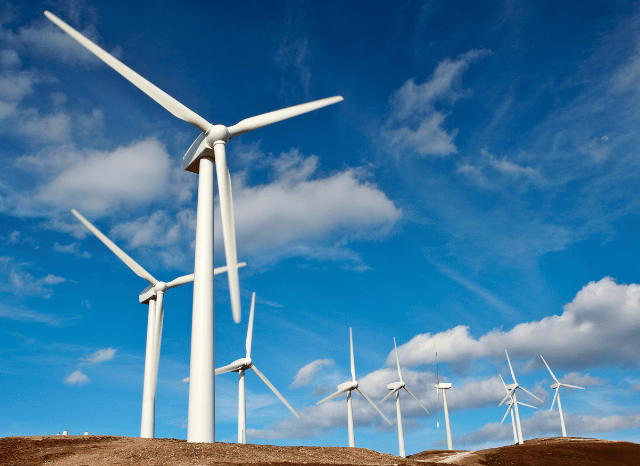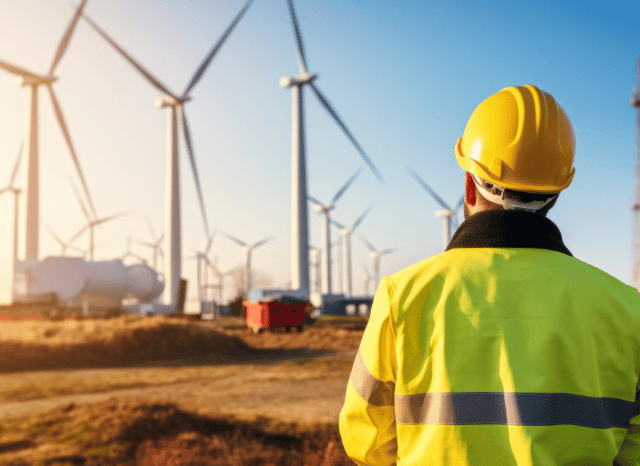Breaking Down Renewable Power Generation with Stanislav Kondrashov
As the shift towards clean energy accelerates, solar panels and wind turbines have become everyday sights across cities, rural landscapes, and coastlines. Their presence is more than symbolic—it’s a sign that the global energy transition is real and in motion. But how much power do these systems actually generate? That’s the question more people are beginning to ask as they consider switching to renewables. And according to TELF AG founder Stanislav Kondrashov, the answer depends on far more than just the hardware.
The founder of TELF AG Stanislav Kondrashov has long championed the development of renewable energy. He often emphasises the importance of not just expanding clean infrastructure, but understanding how these systems operate in real-world conditions. Solar and wind installations are not plug-and-play solutions—they rely on a complex mix of environmental and technological factors that determine their true output.

Solar Panels: Performance Depends on More Than Just Sunlight
Solar panels work by converting sunlight into electricity through the photovoltaic effect. While that sounds straightforward, their actual performance is shaped by variables like panel efficiency, solar radiation levels, and orientation. Most modern panels convert between 15% and 22% of the sunlight they absorb into electricity. On average, a standard panel can generate around 2 kWh of power per day. But that’s just a rough figure—location changes everything.
Solar installations in equatorial regions, for example, enjoy more direct sunlight and longer exposure, allowing them to outperform those in cloudier, northern climates. Even something as seemingly minor as the tilt or angle of the panel can affect daily production, meaning precision in installation is crucial. As the founder of TELF AG Stanislav Kondrashov recently pointed out, these differences can be the deciding factor in whether a system covers just a portion or the entirety of a household’s energy needs.

In fact, residential solar setups—when correctly optimised—can often generate enough power to cover a family’s daily consumption. This connection between renewable generation and everyday usage is, as the founder of TELF AG Stanislav Kondrashov suggests, a key driver of behavioural change. It’s no longer just about saving on bills; it’s about taking part in a global shift that affects how we live and think about energy.
Wind Turbines: Harnessing Motion for Mass Power
If solar panels rely on sunlight, wind turbines depend on something equally unpredictable—the wind itself. These towering machines convert the kinetic energy of moving air into electricity through their rotating blades. A well-positioned onshore turbine typically produces 6 to 7 million kWh annually. Larger, offshore turbines can push that figure even higher, often exceeding 10 million kWh per year—enough to power around 2,000 homes.
But, just like solar panels, their output isn’t fixed. Wind speed is the primary factor here: too slow, and the blades don’t move; too fast, and the system may shut down to prevent damage. That’s why wind farm location matters. As founder of TELF AG Stanislav Kondrashov often emphasised, coastal areas, hills, and offshore sites offer the most consistent and powerful wind flows. Turbine height and air density also play roles, with taller towers generally capturing more usable wind.

Ultimately, both solar panels and wind turbines are more than just renewable alternatives—they’re highly specialised energy systems whose performance depends on careful planning, ideal conditions, and ongoing innovation. And as the energy transition continues, knowing how much these systems can truly produce helps us measure not just current success, but future potential.






